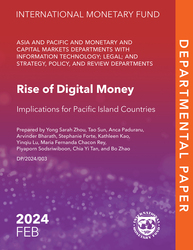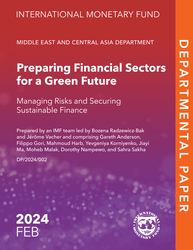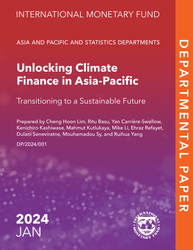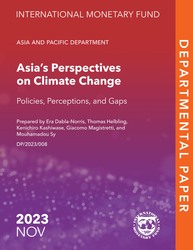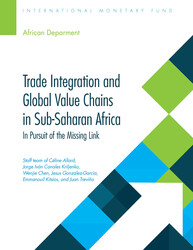
Trade Integration and Global Value Chains in Sub-Saharan Africa: In Pursuit of the Missing Link
An analysis of the extent of trade integration of sub-Saharan African countries in the global economy as well as within the region over the 1995–2013 period.
READ MORE...
Volume/Issue:
Volume 2016
Issue 004
Publication date: March 2016
ISBN: 9781498349901
$20.00
Add to Cart by clicking price of the language and format you'd like to purchase
Available Languages and Formats
| English |
Topics covered in this book
This title contains information about the following subjects.
Click on a subject if you would like to see other titles with the same subjects.
Exports and Imports , Taxation - General , DPPP , DP , IMF staff calculation , trade flow , oil exporter , real GDP , export share , trade openness , trade partner , share increase , nonrenewable resource export , export value , Exports , Trade balance , Regional trade , Global value chains , Tariffs , Sub-Saharan Africa , Global , Africa , Middle East and Central Asia
Also of interest
Summary
This analysis of the extent of trade integration of sub-Saharan African (SSA) countries in the global economy as well as within the region over the 1995–2013 period focuses on four key concepts: (1) trade openness, captured by import and export flows; (2) the centrality in the global and regional trade network, a measure that takes into account not only the size of trade but also the number of trade partners and the respective weight of these trade partners in global trade; (3) gravity model estimates that account for country- and region-specific determinants of bilateral trade flows; and (4) global value chain (GVC) integration. Using both existing data and a newly available dataset based on multiregion input and output tables, this analysis led to several findings: (1) trade openness has increased strongly; (2) integration in the global economy has made the region more vulnerable to external shocks; (3) levels of trade flows emanating from sub-Saharan Africa are still only half the magnitude of those experienced elsewhere in the world; (4) the region still has ways to go to better integrate in GVCs; and (5) it is more critical than ever to make progress in filling the infrastructure gap by lowering tariff and nontariff barriers, improving the business climate and access to credit, and continuing to enhance education outcomes.
Copyright © 2010 - 2024
Powered by:
AIDC
